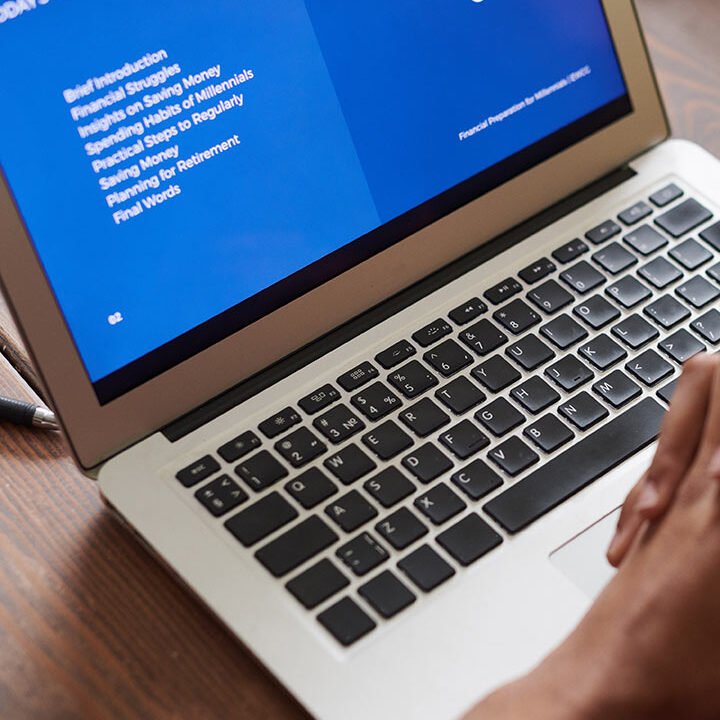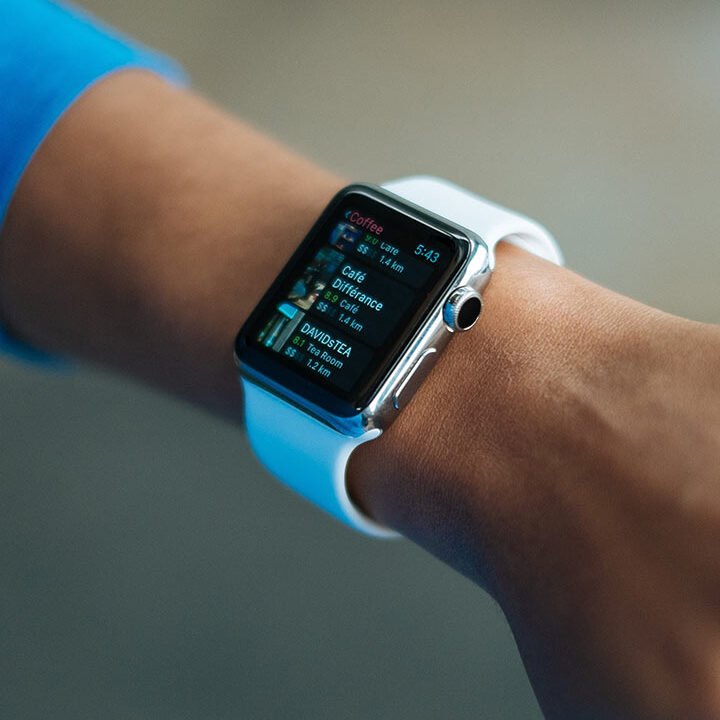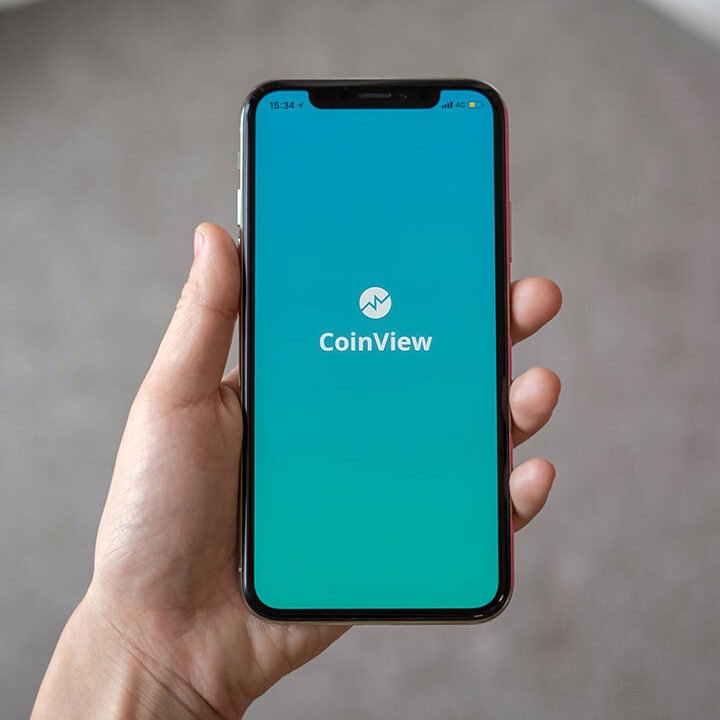Description
IoT (Internet of Things) Development
IoT (Internet of Things) Development
What is IoT Development?
The Internet of Things (IoT) refers to a network of connected devices that collect, transmit, and process data over the internet. IoT development involves designing hardware, software, cloud infrastructure, and security protocols to enable smart interactions between devices, users, and systems.
Key Components of IoT Development
🔹 Hardware (Sensors & Devices) – Physical components that collect data (e.g., temperature sensors, motion detectors, wearables)
🔹 Connectivity – Communication protocols like Wi-Fi, Bluetooth, Zigbee, LoRa, 5G, MQTT, HTTP
🔹 Cloud & Edge Computing – Data processing and storage using AWS IoT, Google Cloud IoT, Microsoft Azure IoT Hub
🔹 Software & Firmware – Embedded programming (C, C++, Python), IoT platforms (Node-RED, ThingsBoard)
🔹 Security – Encryption, authentication, and compliance with IoT security standards (TLS, AES, OAuth, GDPR, HIPAA)
Types of IoT Applications
1. Consumer IoT
🔹 Examples: Smart home devices (Amazon Echo, Google Nest, smart thermostats, wearables)
🔹 Use Case: Home automation, voice-controlled assistants, health tracking
2. Industrial IoT (IIoT)
🔹 Examples: Smart factories, predictive maintenance, automated robotics
🔹 Use Case: Optimizing industrial processes, reducing downtime, improving efficiency
3. Healthcare IoT
🔹 Examples: Wearable health monitors, remote patient monitoring, smart insulin pumps
🔹 Use Case: Continuous health tracking, real-time alerts, telemedicine
4. Smart Cities & Infrastructure
🔹 Examples: Smart street lighting, traffic monitoring, waste management systems
🔹 Use Case: Reducing energy consumption, improving urban planning, enhancing security
5. Automotive & Transportation IoT
🔹 Examples: Connected vehicles, fleet management systems, GPS tracking
🔹 Use Case: Real-time navigation, predictive maintenance, autonomous driving
6. Agriculture & Environmental IoT
🔹 Examples: Smart irrigation, soil monitoring, climate sensors
🔹 Use Case: Optimizing water usage, increasing crop yield, monitoring weather conditions
IoT Development Process
1. Device Selection & Prototyping
- Choose microcontrollers & sensors (ESP32, Arduino, Raspberry Pi, STM32)
- Design hardware and firmware for data collection
2. Connectivity & Network Integration
- Implement Wi-Fi, Bluetooth, Zigbee, LoRaWAN, 5G, MQTT, HTTP
- Ensure reliable data transmission with edge computing
3. Data Processing & Cloud Storage
- Use AWS IoT Core, Google Cloud IoT, Microsoft Azure IoT Hub
- Store, analyze, and visualize data using AI & Machine Learning
4. Software & User Interface Development
- Build mobile/web dashboards with React, Angular, Node.js, Python Flask
- Implement real-time monitoring & alerts
5. Security & Compliance
- Encrypt communications using TLS, AES-256
- Secure API access with OAuth, JWT
6. Testing & Deployment
- Conduct performance, security, and scalability tests
- Deploy firmware updates Over-The-Air (OTA)
Challenges in IoT Development
⚠️ Security Risks – Protecting devices from cyber threats
⚠️ Interoperability Issues – Ensuring compatibility across multiple platforms
⚠️ Data Privacy & Compliance – Managing GDPR, HIPAA, and IoT security standards
⚠️ Scalability & Connectivity – Handling large volumes of devices & real-time data









Reviews
There are no reviews yet.